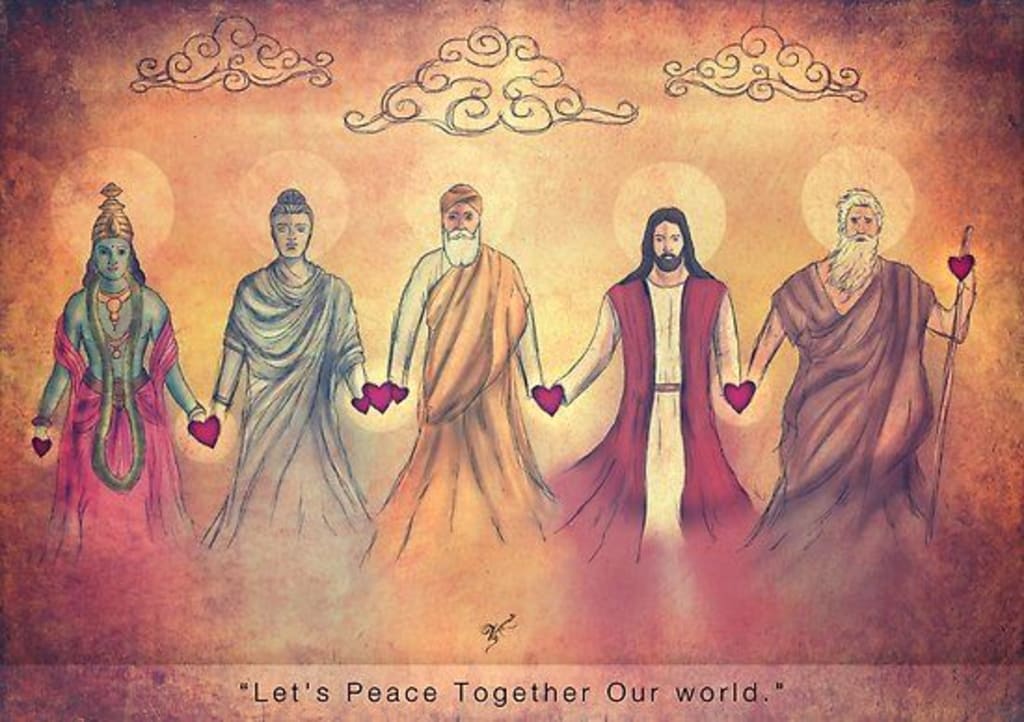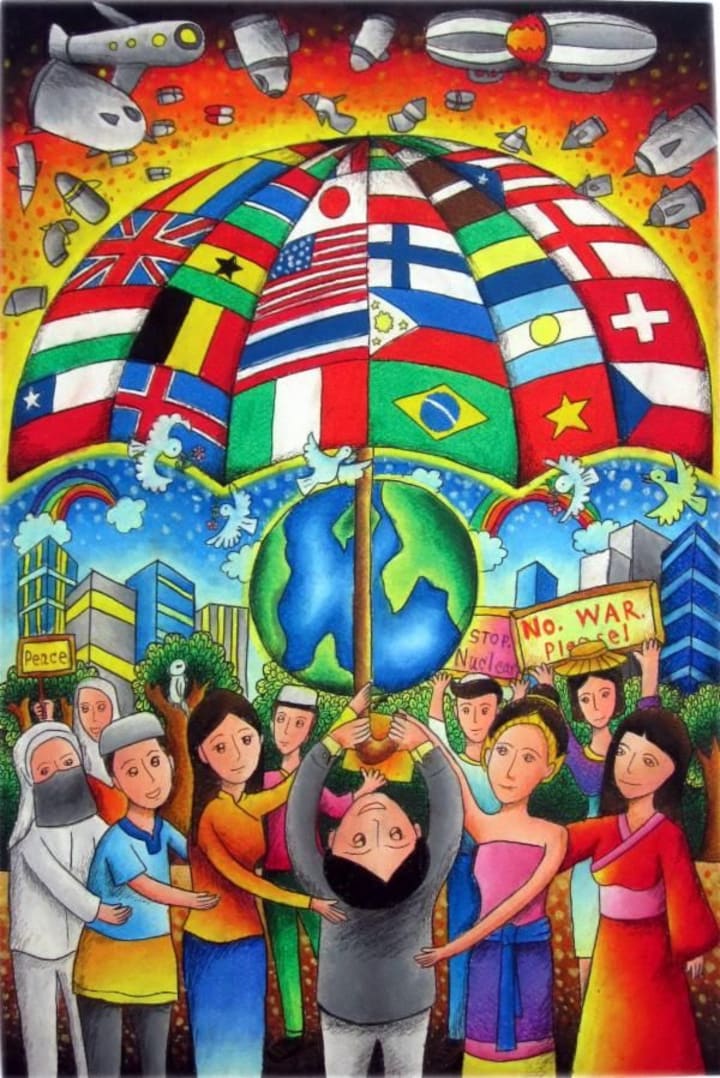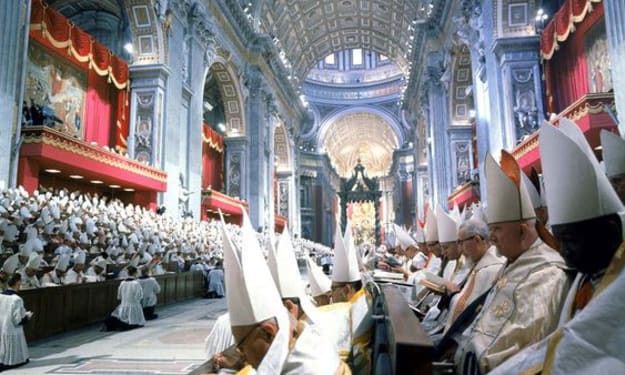RELIGIOUS UNITY
"Religious Unity: The Connection Among People in the Modern Era"

UNITY BETWEEN RELIGIONS: THE CONNECTION BETWEEN PEOPLE IN THE NEW AGE
In a world rich with religious and cultural diversity, fostering unity and understanding among followers of different faiths has become more crucial than ever. In this modern era, where connectivity through the internet and social media is robust, building a unified religious community has become an undeniable goal.

Religion and Diversity:
With billions of people adhering to various religions worldwide, religious diversity is an inseparable part of modern society. However, this reality also presents challenges, including religious conflicts, lack of understanding of others, and discrimination. To overcome these challenges, religious unity becomes imperative.
Building Understanding and Respect:
One of the most critical factors in fostering religious unity is creating understanding and respect for those of different faiths. By learning about different religions, understanding their rituals, traditions, and doctrines, we can build a diverse yet unified religious community.

Communication and Collaboration:
Open communication and collaboration among religions are key to creating unity and peace. Organizing joint religious events, workshops, and interfaith discussions can provide opportunities for communication and idea exchange. Through collaboration on social and charitable projects, believers can demonstrate respect and empathy towards others.
The Power of Social Networks:
Social networks are becoming powerful tools for building religious unity. Through online communities, forums, and websites, people can connect with each other from around the world, sharing experiences, opinions, and teachings. This creates an open and diverse space for communication and collaboration among followers of different faiths.

Religion and Humanitarianism:
A profound aspect of religious unity is promoting humanitarianism and compassion among believers. Religion often emphasizes the values of compassion, mercy, and tolerance. By practicing these values in daily life and interacting with people of other faiths, we can demonstrate unity and create an environment of peace and love.
Conflict Resolution and Peacebuilding:
An important goal of religious unity is conflict resolution and peacebuilding. Through understanding and respect, we can reduce tension and conflicts between religions. Constructive dialogues and collaboration in social projects can bridge believers and contribute to creating a kinder and more peaceful world.

Respect for the Environment and Sustainable Development:
Religion also plays a significant role in respecting the environment and promoting sustainable development. Managing natural resources and protecting the environment are considered essential aspects of faith practice. Through collaboration in environmental protection projects and community development, believers can demonstrate respect and gratitude for nature's gifts and contribute to protecting the Earth.
Evangelism and Sharing Teachings:
Finally, an integral part of religious unity is evangelism and sharing teachings. By sharing our faith and profound insights into religion, we can create opportunities for communication and understanding. This not only helps each believer strengthen their faith but also opens the door to communication and peace among religions.

EACH MEMBER OF SOCIETY NEEDS TO ACTIVELY DO AND CONTRIBUTE WHAT NEEDS TO CONTRIBUTE: RELIGIOUS UNITY AND JOINT DEVELOPMENT
Each individual in society has a unique role and responsibility in contributing to the development of religious unity. Here are ways in which each person can actively engage and contribute:

1. Building Understanding and Respect: Each person can learn about different religions and respect their values and traditions. This helps create a peaceful and respectful environment, which is the foundation for religious unity.
2. Participating in Unity Activities: Engaging in interfaith activities and events, such as seminars, joint religious festivals, or community service activities, helps create opportunities for communication and collaboration among believers.
3. Developing Humanitarianism: Each person can practice humanitarian values and compassion in daily life, such as mercy, tolerance, and empathy. These small actions can create a positive wave of compassion and empathy in the community.
4. Collaboration and Communication: Each person can collaborate and communicate with people of different religions positively and constructively. In this way, we can resolve conflicts, promote understanding, and create a peaceful and cooperative environment.
5. Sharing Passion and Knowledge: Finally, each person can share their passion and knowledge with others, helping to enhance understanding and awareness of religious and social issues. Through this, we can build a diverse yet united religious community.
In the modern era, where religious diversity is unavoidable, building religious unity is an urgent task. Only through understanding, respect, and cooperation can we create a cohesive and peaceful religious community, contributing to the development and peace of global society.
About the Creator
Catholic family community
"The Family Seal: Strength and Love in the Catholic Community"






Comments
There are no comments for this story
Be the first to respond and start the conversation.